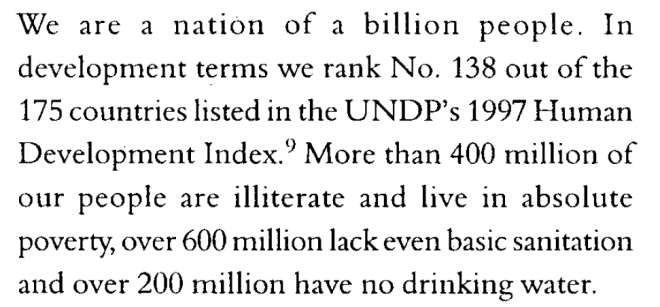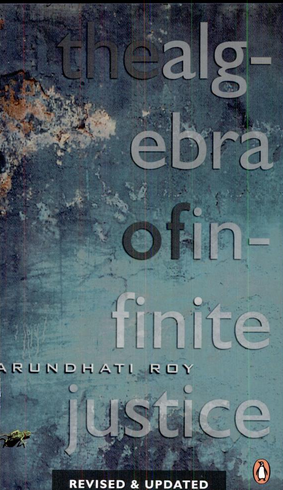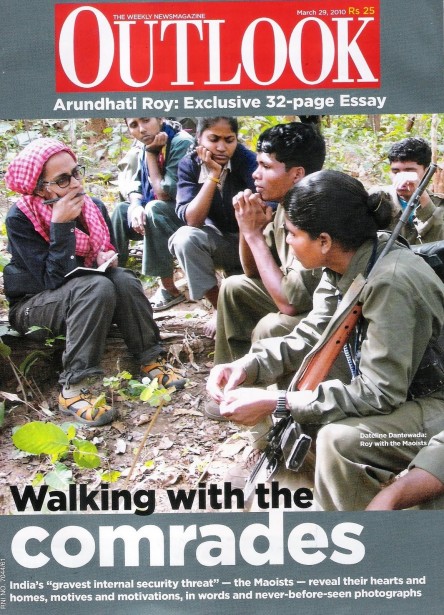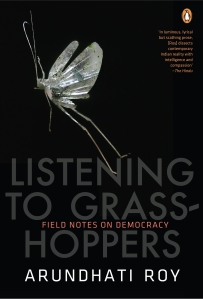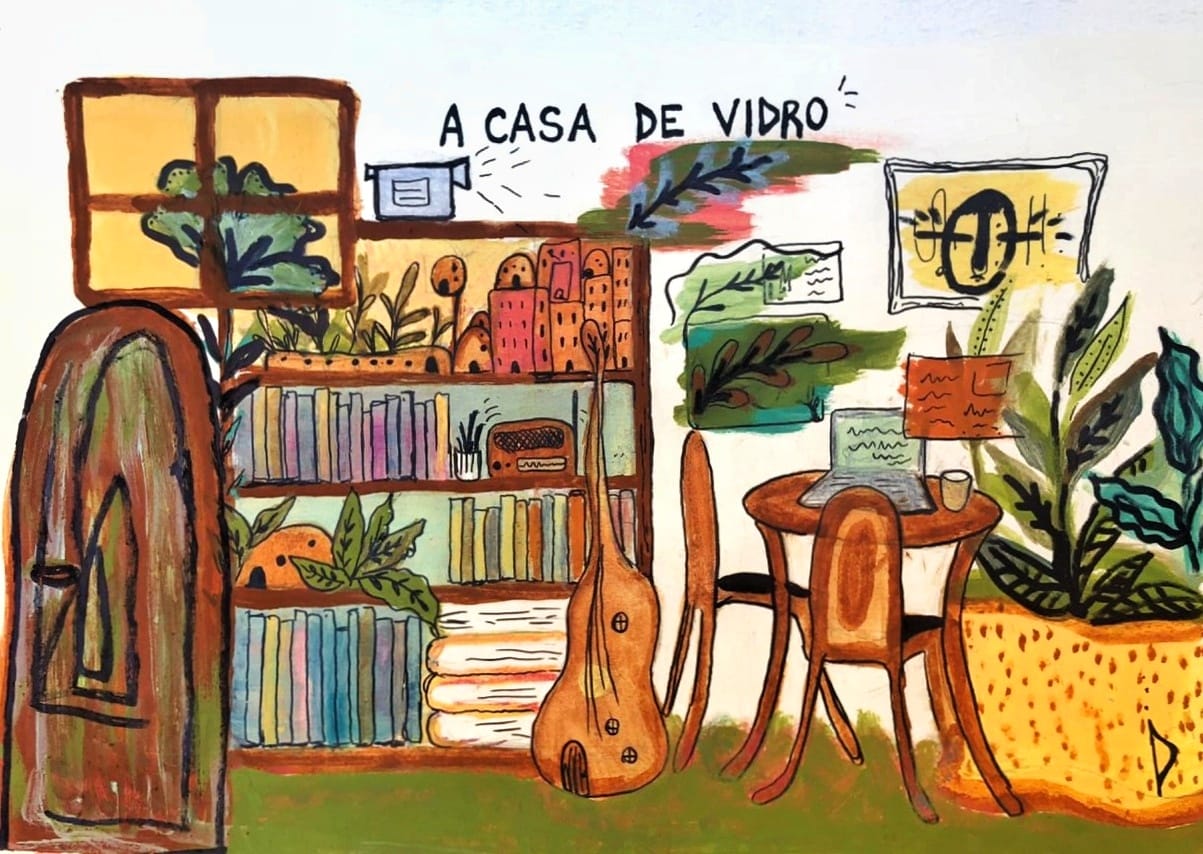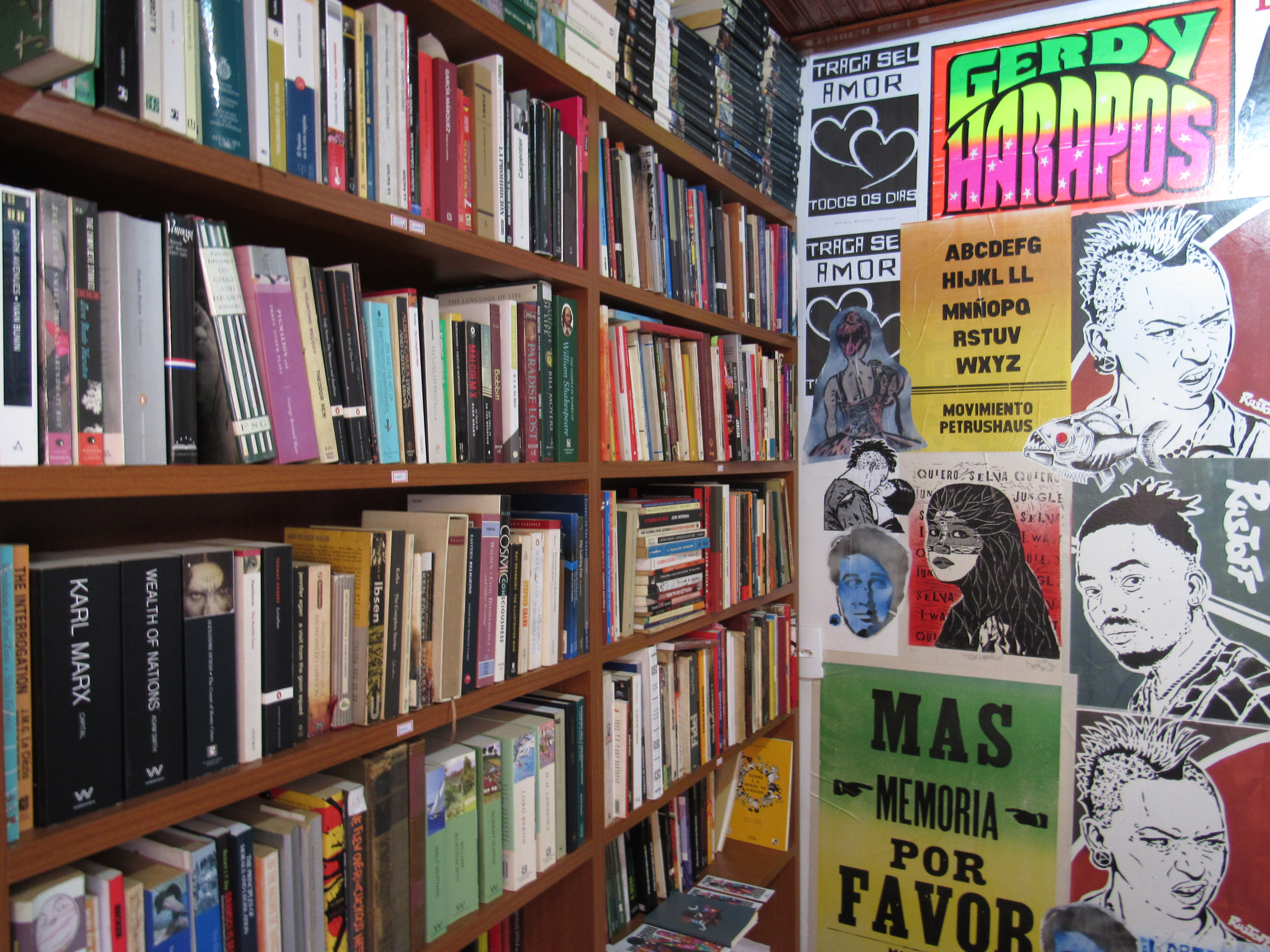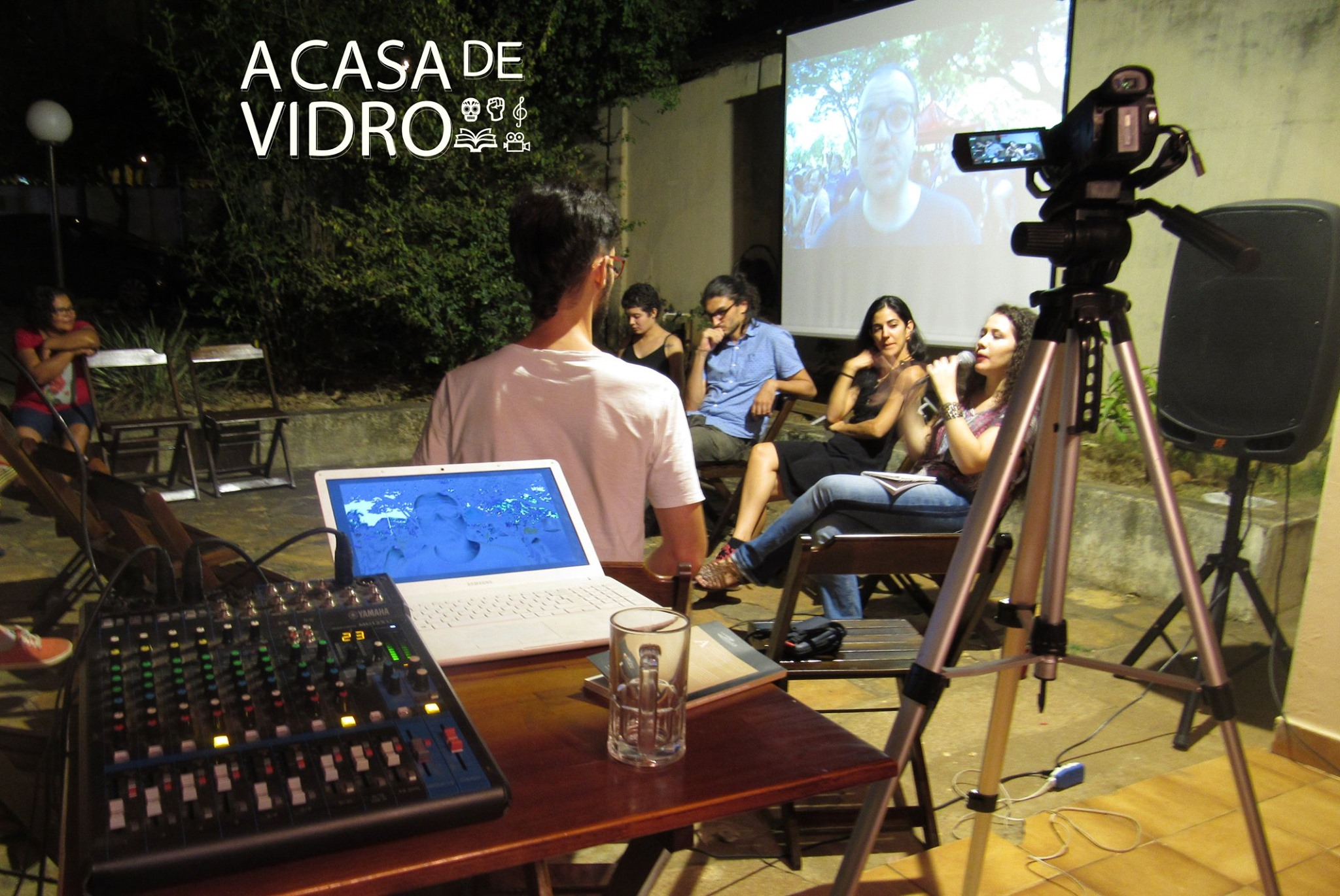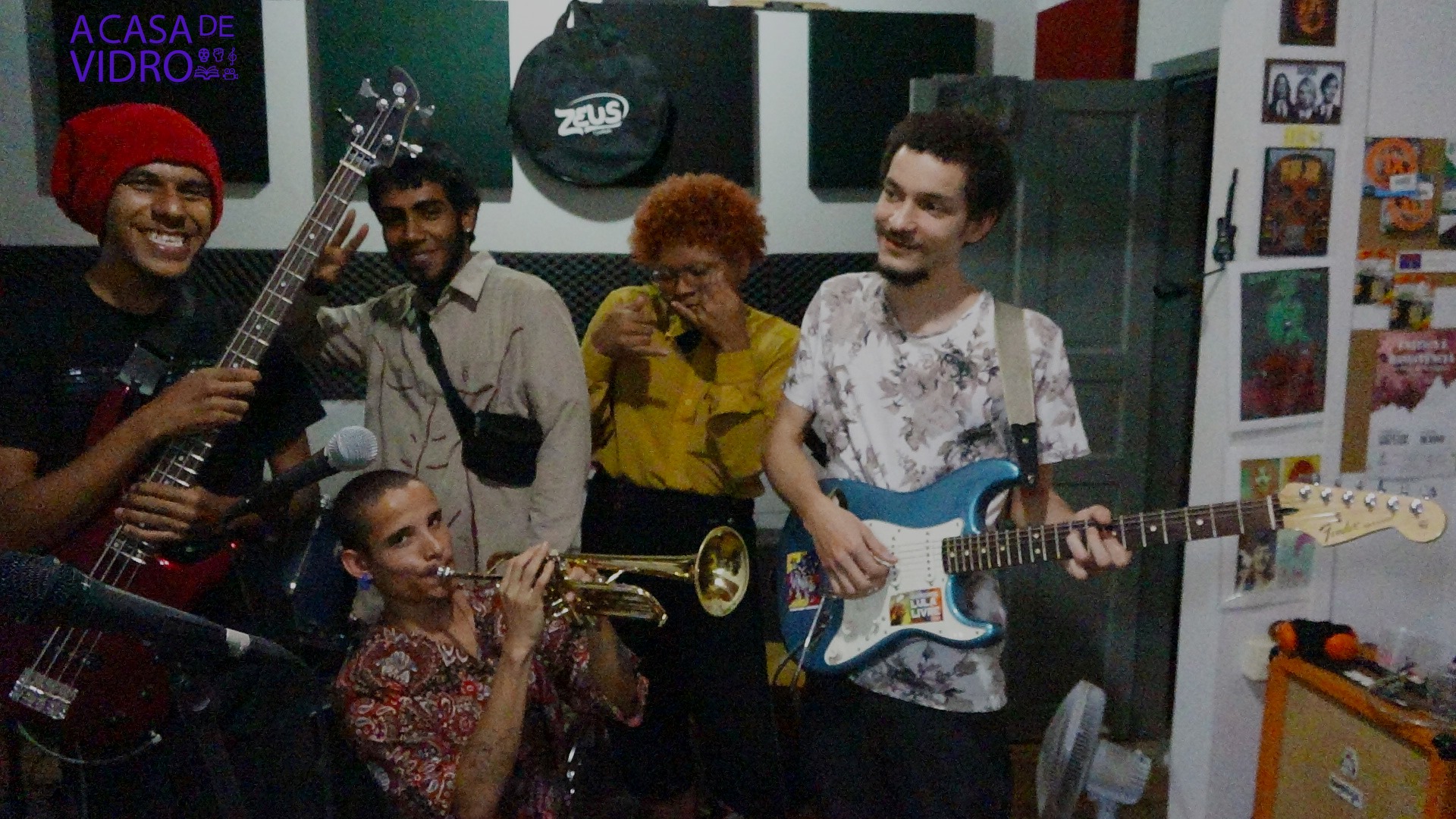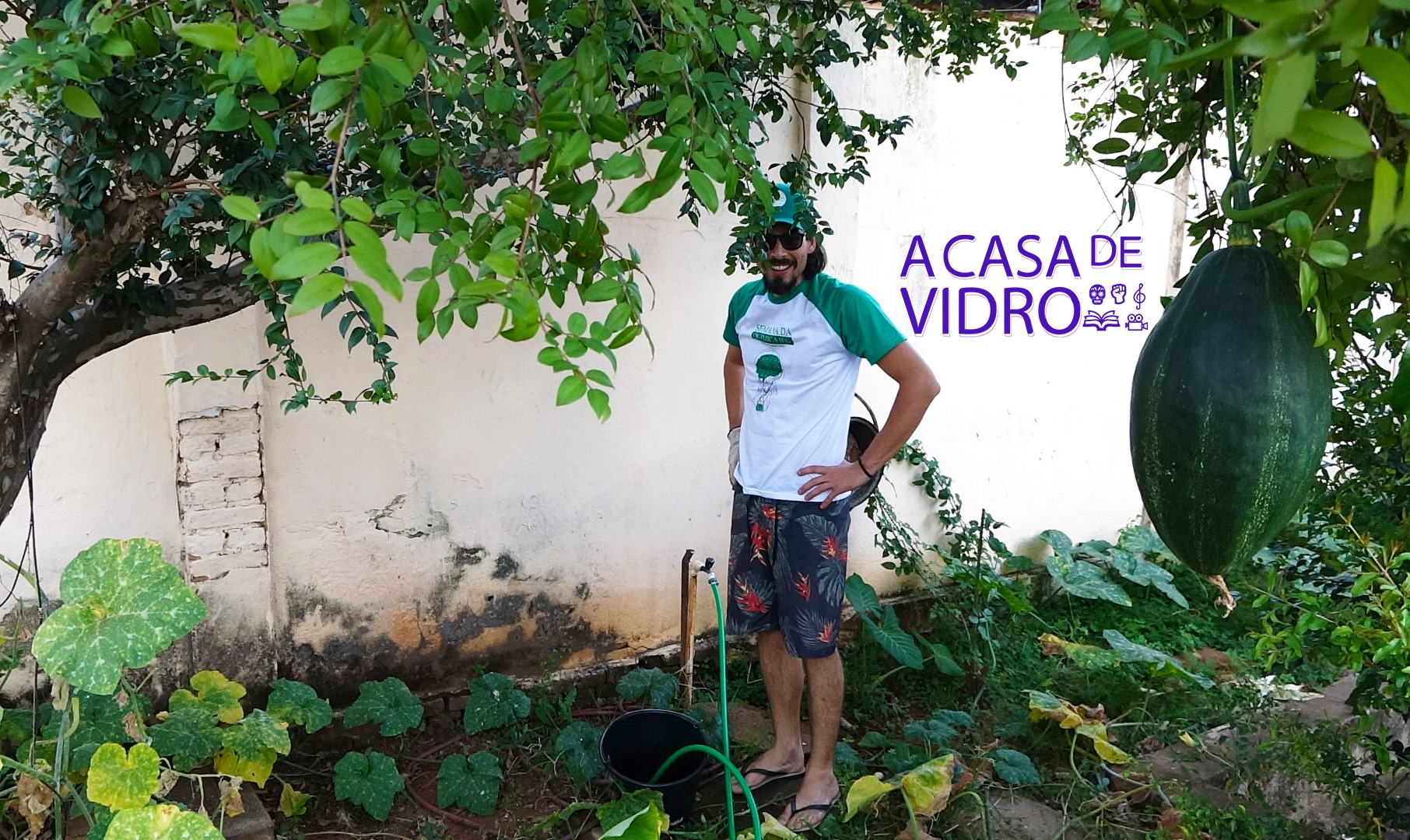BROKEN REPUBLIC (Penguin Books, 2011) – The “World’s Biggest Democracy” according to Arundathi Roy
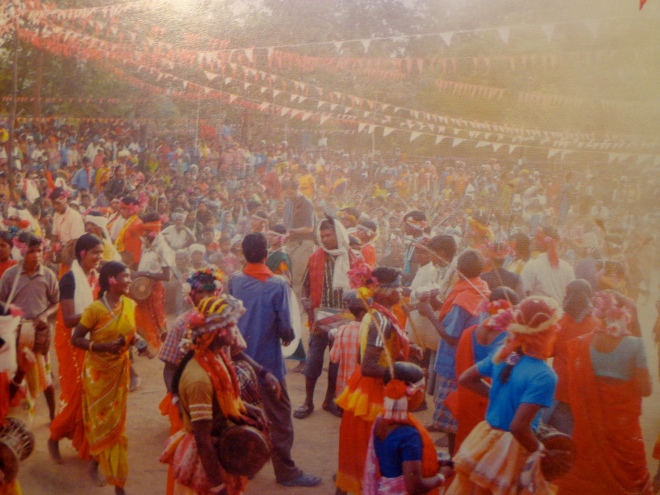
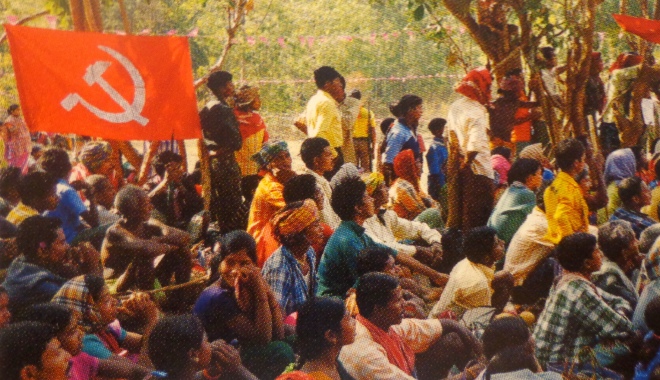
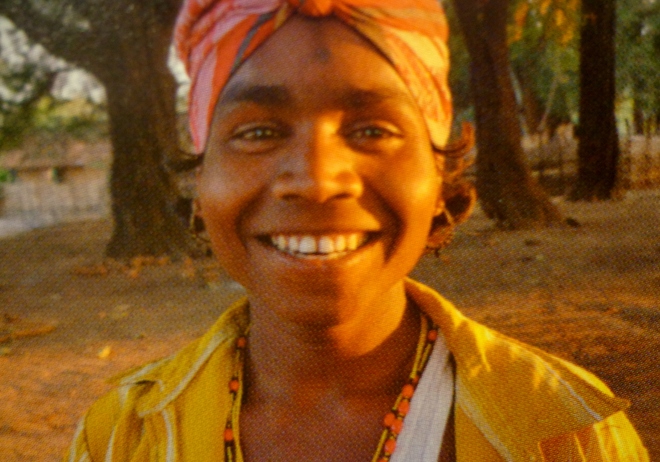
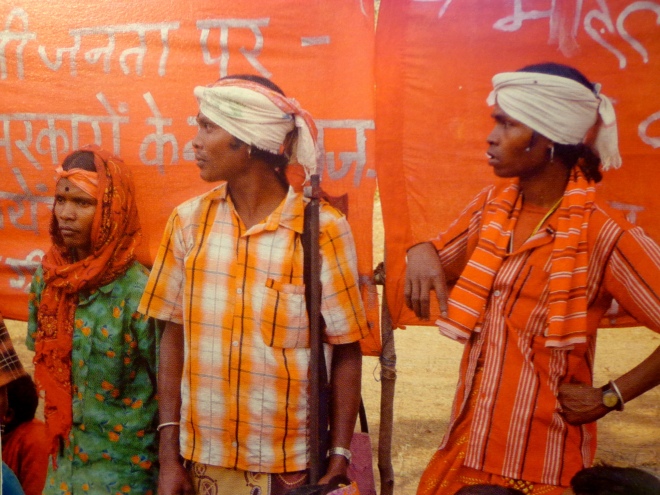 Photos from Arundhati Roy’s Broken Republic
Photos from Arundhati Roy’s Broken Republic
INDIA: THE WORLD’S BIGGEST DEMOCRACY?
By E.C. Moraes @ Awestruck Wanderer
 1998: while we were reaching the end of the 20th century, India was testing nuclear weapons. The civilization which gave to the world masters of wisdom such as Gandhi and Sidarta Gautama, Ambedkar and Tagore, was very un-wisely on the brink of war. It was like a reawakening of the politics of the Cold War, in which both the U.S. and the Soviet Union had atom bombs at their disposal, with both India and its next-door-neighbour Pakistan with weapons of mass destruction pointing at one another. The scars of Partition still imprinted in memory. Sad news, indeed. It’s as if, instead of learning from History (Hiroshima and Nagasaki: “the horror, the horror!”), some governments just won’t let go of this very lousy idea of messing with nuclear warfare – a situation so brilliantly mocked by Stanley Kubrick’s film Dr. Strangelove.
1998: while we were reaching the end of the 20th century, India was testing nuclear weapons. The civilization which gave to the world masters of wisdom such as Gandhi and Sidarta Gautama, Ambedkar and Tagore, was very un-wisely on the brink of war. It was like a reawakening of the politics of the Cold War, in which both the U.S. and the Soviet Union had atom bombs at their disposal, with both India and its next-door-neighbour Pakistan with weapons of mass destruction pointing at one another. The scars of Partition still imprinted in memory. Sad news, indeed. It’s as if, instead of learning from History (Hiroshima and Nagasaki: “the horror, the horror!”), some governments just won’t let go of this very lousy idea of messing with nuclear warfare – a situation so brilliantly mocked by Stanley Kubrick’s film Dr. Strangelove.
One of India’s greatest writers, Booker-Prize winning novelist Arundhati Roy, instead of writing a follow-up for The God of Small Things (1997) – widely considered a masterpiece of contemporary literature – felt she had to devote herself to write about the political reality of her nation’s turmoil. She accused India’s government of dangerously throwing fuel to a fire of nationalist pride with the Hindu H-Bomb. “When you have dispossession and disempowerment on this scale as a result of corporate globalization”, she told David Barsamian, “the anger that it creates can be channeled in bizarre and dangerous ways. India’s nuclear testes were conduced to shore up people’s flagging self-esteem. India is still flinching from the cultural insult of British colonialism, still looking for its identity.” (The Checkbook and the Cruise Missile, p. 37) Nuclear warfare on the hands of India and Pakistan was certainly no reason to celebrate, argued Arundhati Roy, who feared the worst might end up happening -she finished one of her articles with apocalyptic imagery: “This world of our is 4.600 million years old. It could end in an afternoon.” (read The End of Imagination at Outlook Magazine)
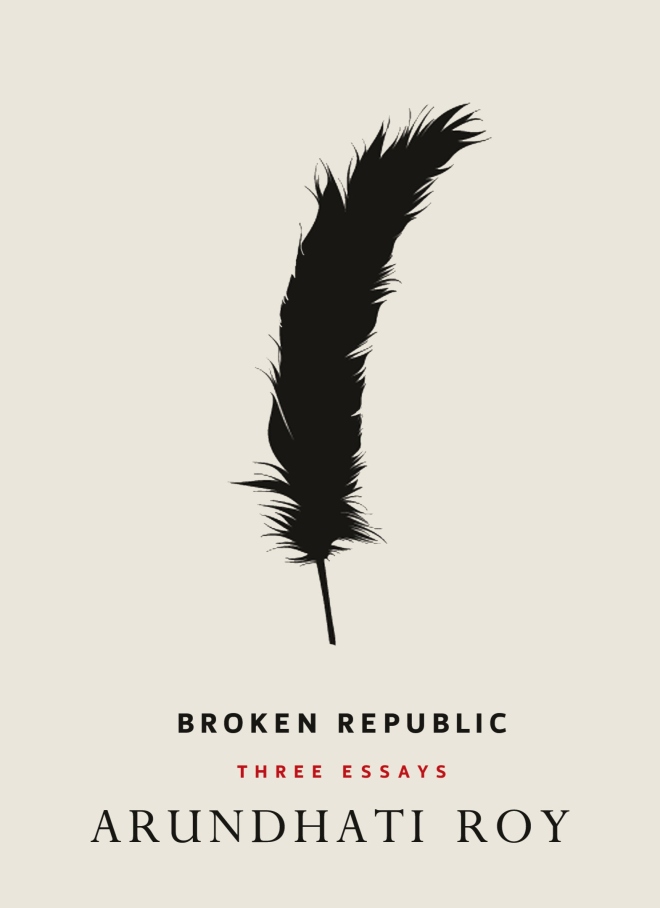 Arundhati Roy’s political essays also denounce fiercely the Human Rights abuses in Kashmir, where India’s army imposes its rule with the colossal force of half-a-million soldiers (the largest military occupation in the world), crushing with violence all the demands of independence made by Kashmiris. Opposing the recent wave of celebration of India’s “economic miracle” and skyrocketing GDP, Arundhati Roy states that we shouldn’t be fooled by the ideology marketed by “experts in economics”. One shouldn’t measure the success of a nation by the number of new billionaires it produces each year. And wealth going into the pockets of large corporations and their politicians should never be confused with Common Wealth or Social Justice. She argues that India is a fake democracy, a society still deeply hierarchical, clinging to its rigid Caste System, with obscene rates of deaths by starvation and mass suicides by empoverished peasants (since 1997, it’s estimated that 200.000 of them have killed themselves, often by drinking Monsanto’s pesticides). Arundathi Roys, in her BBC interview, stated that no less than 800 million people in India live on less than 20 rupees a day (which means: 30 cents of a dollar).
Arundhati Roy’s political essays also denounce fiercely the Human Rights abuses in Kashmir, where India’s army imposes its rule with the colossal force of half-a-million soldiers (the largest military occupation in the world), crushing with violence all the demands of independence made by Kashmiris. Opposing the recent wave of celebration of India’s “economic miracle” and skyrocketing GDP, Arundhati Roy states that we shouldn’t be fooled by the ideology marketed by “experts in economics”. One shouldn’t measure the success of a nation by the number of new billionaires it produces each year. And wealth going into the pockets of large corporations and their politicians should never be confused with Common Wealth or Social Justice. She argues that India is a fake democracy, a society still deeply hierarchical, clinging to its rigid Caste System, with obscene rates of deaths by starvation and mass suicides by empoverished peasants (since 1997, it’s estimated that 200.000 of them have killed themselves, often by drinking Monsanto’s pesticides). Arundathi Roys, in her BBC interview, stated that no less than 800 million people in India live on less than 20 rupees a day (which means: 30 cents of a dollar).
According to Roy, after the collapse of the Soviet Union, India aligned with the U.S.A. and the Indian state decided to open its gates to all the marvels of Free Market and “Development”. When the new century dawned, however, the September 11th attacks on New York and Washington were to be followed by a surge of islamophobia, fueled by the Yankees “War on Terror” that was beggining to plan its military invasions and bombings of Afheganistan. In India, this epidemic of islamophobia caused disaster, a re-awakening of communal violence, culminating in tragedy: in Gujarat, 2002, Muslims were massacred by Hindu nationalists in a pogrom which killed at least 2.000 people and forced at least 150.000 out of their homes. Welcome to the “World’s Largest Democracy”.
[youtube id=http://youtu.be/0KNOOY8Fdvw]
Is Indian Capitalism working? If we look at growth rates and skyrocketing GDP, oh yes Sir! But let’s not get blinded by economists and their statistics: India is a country ravaged by famine: “836 million people of India live on less than 20 rupees a day, 1.500.000 malnourished children die every year before they reach their first birthday. Is this what is known as ‘enjoying the fruits of modern development’?” (ROY, Broken Republic, pg. 154).
The Indian State also has to deal with another kind of menace, the “inner enemy”, those dozens of thousands of Indians, called “Maoists” or “Naxalites”, who decided to insurrect in armed rebellion. They want nothing less than to overthrow the Indian State. “Right now in central India, the Maoists’ guerrilla army is made up almost entirely of desperately poor tribal people living in conditions of such chronic hunger that it verges on famine of the kind we only associate with sub-Suharan Africa”, writes Arundhati Roy (pg. 7).
In 2006, India’s prime minister described the Maoists as “the single biggest internal security challenge ever faced by our country”, a statement which Roy considers very exaggerated. By magnifying in discourse the danger posed by the Maoist guerrilla, by painting in the media a portrait of them as cruel terrorists, the Indian government aims, argues Arundhati Roy, to justify its war measures against the poorest of its citizens. Quite honest in revealing the masters who he serves, the prime minister also told the Parliament in 2009: “If Left Wing extremism continues to flourish in important parts of our country which have tremendous natural resources of minerals and other precious things, that will certainly affect the climate for investment.” (B.R., pg. 3)
For a quick example of the “tremendous natural resources”, it’s enough to mention that “the bauxite deposits of Orissa alone is worth 2.27 trillion dollars (twice India’s gross domestic product)” (pg. 23). In order for the mining corporations to have access to this precious things, India needs to be turned into a Police State. It needs to wage war against the hungry, desperate and destitute people who live in this very “profitable” lands, against the people who revolt against being displaced, impoverished and opressed. To simply leave the bauxite in the mountains seems out of the question for the government and the industrialists, of course, who have eyes only for the money that can be made and not to the environmental damage and social havoc that such procedures of extraction will cause. The alliance between a neo-liberal state and its corporate friends leads to a situation in which military power and police repression are massively used to enforce the so-called Free Market. In order to clear the way for the corporations to extract their profits from India’s natural resources, genocide is seen as an acceptable means, if only you preach in the media that a terrorist threat to national security needs to be crushed.
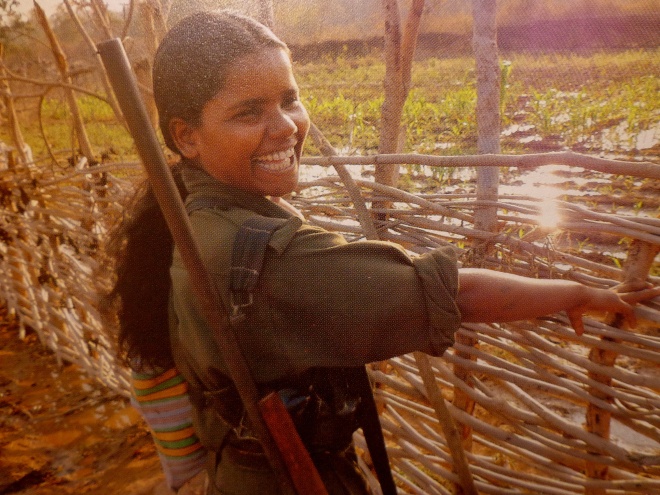
Comrade Kamla, member of the Maoist guerrillas.
“What are we to make of the fact that just around the time the prime minister began to call the Maoists the ‘single biggest internal security challenge’ (which was a signal that the government was getting ready to go after them) the share prices of many of the mining corporations in the region skyrocketed? The mining companies desperately need this war… To justify the militarization, it needs an enemy. The Maoists are that enemy. They are to corporate fundamentalists what the Muslims are to Hindu fundamentalists. (…) Here’s a maths question: if it takes 600.000 soldiers to hold down the tiny valley of Kashmir, how many will it take to contain the mounting rage of hundreds of millions of people?” (31-34)
Arundhati Roy speaks from experience: she went to witness first-hand what’s happening in the areas where India’s State and the Maoist guerrilla clash. She tells the tale in Walking With The Comrades, one astonishing feat of investigative journalist that proves how courageous Arundathi Roy really is. She puts herself in danger in order to see for herself what’s going on there, in order to be able to write truly about the battle for the “mineral-rich forests of Chhattisgarh, Jharkhand, Orissa and West Bengal – homeland to millions of India’s tribal people, dreamland to the corporate world.” (pg. 42) It seems to be a situation with many similarities with Mexico’s conflict in Chiapas, where the Zapatista’s armed insurrection confronts the Mexican State in its tendency to favour corporate plunder of indigenous lands.
“The antagonists in the forest are disparate and unequal in almost every way. On one side is a massive paramilitary force armed with the money, the firepower, the media, and the hubris of an emerging Superpower. On the other, ordinary villagers armed with traditional weapons, backed by a superbly organized, hugely motivated Maoist guerrilla fighting force with an extraordinary and violent history of armed rebellion.” (pg. 39)
India’s Constitution, adopted in 1950, “ratified colonial policy and made the state custodian of tribal homelands. Overnight, it turned the entire tribal population into squatters on their own land.” (pg. 43) Dispossessed of their right to livelihood and dignity, the tribal people became pawns in the Big Business game. “Each time it needed to displace a large population – for dams, irrigation projects, mines – it talked of ‘bringing tribals into the mainstream’ or of giving them ‘the fruits of modern development’. Of the tens of millions of internally displaced people (more than 30 million by big dams alone), refugees of India’s ‘progress’, the great majority are tribal people.” (pg. 43) Here we have an example of what Bruno Latour calls The Modernization Front. In India, The Modernization Front, in order to protect corporate interests (after all, corporations are vehicles of Progress…), won’t refrain from engaging in a war against its own people. A War that Arundhati Roy prefers to call by another name: Genocide.
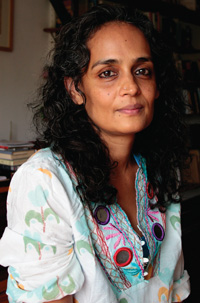 In the 10-hour drive she untertook through areas known to be “Maoist-infested”, she noted: “These are not careless words. ‘Infest/infestation’ implies disease/pests. Diseases must be cured. Pests must be exterminated. Maoists must be wiped out. In these creeping, innocuous ways the language of genocide has entered our vocabulary.” (pg. 45) She walks for hours and hours each day, along with the comrades, under the shining and vehement sun, carrying a backpack filled with essentials for jungle-survival – and when it comes the time for sleep, she doesn’t mind that much not having a roof over her head. Resting on a sleeping-bag on the forest floor, she celebrates her “star-spangled dormitory” (pg. 63): “It’s my private suite in a thousand-star hotel. (…) When I was a child growing up on the banks of the Meenachal River, I used to think the sound of crickets – which always started up at twilight – was the sound of stars revving up, getting ready to shine. I’m surprised at how much I love being here. There is nowhere else in the world I would rather be.” (pg. 57-60)
In the 10-hour drive she untertook through areas known to be “Maoist-infested”, she noted: “These are not careless words. ‘Infest/infestation’ implies disease/pests. Diseases must be cured. Pests must be exterminated. Maoists must be wiped out. In these creeping, innocuous ways the language of genocide has entered our vocabulary.” (pg. 45) She walks for hours and hours each day, along with the comrades, under the shining and vehement sun, carrying a backpack filled with essentials for jungle-survival – and when it comes the time for sleep, she doesn’t mind that much not having a roof over her head. Resting on a sleeping-bag on the forest floor, she celebrates her “star-spangled dormitory” (pg. 63): “It’s my private suite in a thousand-star hotel. (…) When I was a child growing up on the banks of the Meenachal River, I used to think the sound of crickets – which always started up at twilight – was the sound of stars revving up, getting ready to shine. I’m surprised at how much I love being here. There is nowhere else in the world I would rather be.” (pg. 57-60)
While she walks with the comrades, she knows some areas they’re crossing run the risk of going underwater because of Mega Dams. Since Independence, 3.300 big dams were built, and the amount of displaced is estimated in over 30 million people.
“The Bodhgat Dam will submerge the entire area that we have been walking in for days. All that forest, that history, those stories. More than a hundred villages. Is that the plan then? To drown people like rats, so that the integrated steel plant and the bauxite mine and aluminium refinery can have the river? (…) There was a time when believing that Big Dams were the ‘temples of Modern India’ was misguided, but perhaps understandable. But today, after all that has happened, and when we knoe all that we do, it has to be said that Big Dams are a crime against humanity.” (pg. 142-143)
In the People’s Liberation Guerrilla Army, 45% of its cadre are women. The so-called Maoists or Naxalites consist mainly of people from the lowest caste of India’s piramidal society: the Untouchables, the pariahs of India, those who are treated as human scums, crushed underneath a heavy weight of hierarchical machinery. When the Prime Minister said the Maoists were a grave security challenge, “the opposite was true”, argues Roy, who remembers that the rebels were being decimated in a Purification Hunt destined to “send the share-value of mining companies soaring” (pg. 80)
[youtube id=http://youtu.be/qlyZofTmUO4]
What it all boils down to is a clash between Corporate Capitalism, on the one side, and the majority of the population, on the other. In times where ideologies of Free Trade reign, the exploration of natural resources is made not in order to provide for the commonwealth of the whole of society, but for private profits gained through ecocidal and genocidal means.
“Allowing ‘market forces’ to mine resources ‘quickly and efficiently’ is what colonizers did to their colonies, what Spain and North America did to South America, what Europe did (and continues to do) in Africa. It’s what the Apartheid regime did in South Africa. What puppet dictators in small countries do to bleed their people. It’s a formula for growth and development, but for someone else. (…) Now that mining companies [in India] have polluted rivers, mined away state borders, wrecked ecosystems and unleashed civil war, the consequence of what the coven has set into motion is playing out like an ancient lament over ruined landscapes and the bodies of the poor.” (pg. 170)
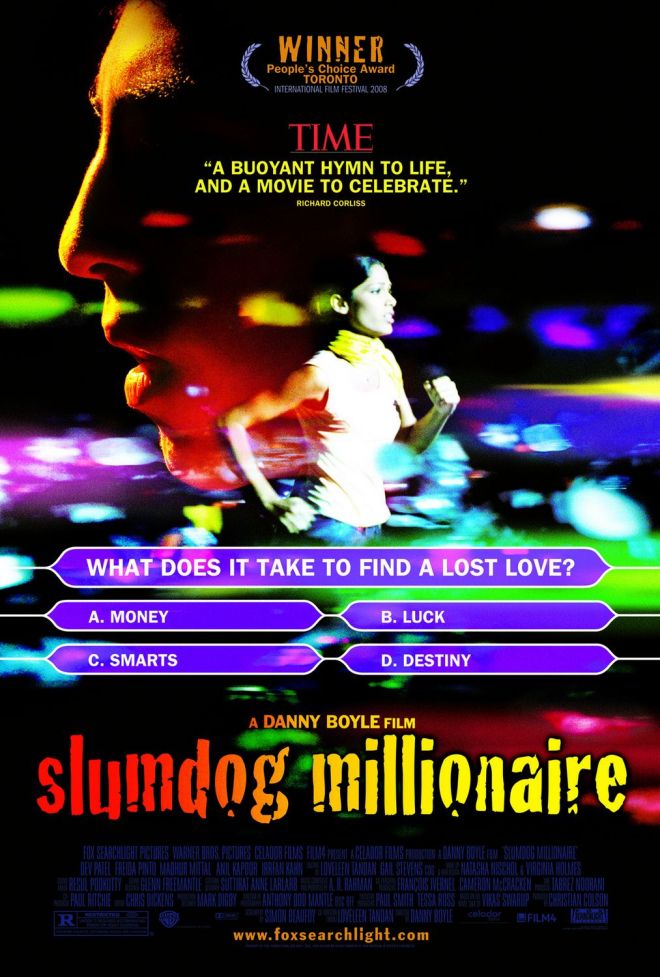
“If the motion picture were an art form that involved the olfactory senses – in other words, if cinema smelled – then films like Slumdog Millionaire would not win Oscars. The stench of that kind of poverty wouldn’t blend with the aroma of warm popcorn.” – Arundathi Roy
Arundathi Roy’s political thought is so intensely relevant nowadays because she is one of the fiercest critics of what goes by the name of “Democracy” nowadays. States that impose with authoritarian means – including military atrocities and police brutality – the policy of Free Market (which means: let’s protect the private interests of wealthy corporations and billionaires!), call themselves “democracies”. India is often called the world’s biggest democracy, and yet “the Indian State, in all its democratic glory, is willing to loot, starve, lay siege to, and now deploy the air-force in ‘self-defense’ against its poorest citizens.” (pg. 186) So we have to distinguish between Ideology / Propaganda (“India is a Democracy, a Fast-Growing Economy, with a State concerned in providing Security from terrorists”) from Reality (there are a lot of natural resources that corporations are eager to get a hold of… if only the people are thrown out of the way!).
The essential question to be asking is this: what about the future of the planet? If the current model of development continues, what will happen to mankind as we move towards a future that’s bound to be filled with ecological crisis and all the cataclysms ensuing from Climate Change? In India, there’s “several trillion dollars’ worth of bauxite, for example. And “there is no environmentally sustainable way of mining bauxite and processing it into aluminium. It’s a highly toxic process that most Western countries have exported out of their own environments. To produce 1 ton of aluminium, you need about 6 tons of bauxite, more than a 1000 tons of water and a massive amount of energy. For that amount of captive water and electricity, you need big dams, which, as we know, come with their own cycle of cataclysmic destruction. Last of all – the big question – what is the aluminium for? Where is it going? Aluminium is a principal ingredient in the weapons industry – for other countries’ weapons industries…” (p. 211)
Such is the suicidal logic of the Powers That Be, a situation so bleak that many of us are worrying about Mankind’s path: are we following a road that will lead to our own extinction? Does our future hold new horrendous explosions of Atom Bombs and civil wars? Will Corporate Capitalism be allowed to proceed with its ecocidal practices and its obscene tendencies to concentrate wealth in a few hands (while millions die from hunger and curable diseases)? How to shift direction in order for us to slow down this process that has been turning Planet Earth into an Ecological Wreck? This is how Arundathi Roy finishes this deeply moving and concerning book, Broken Republic:
“Can we expect that an alternative to what looks like certain death for the planet will come from the imagination that has brought about this crisis in the first place? It seems unlikely. The alternative, if there is one, will emerge from the places and the people who have resisted the hegemonic impulse of capitalism and imperialism instead of being co-opted by it. Here in India, even in the midst of all the violence and greed, there is still hope. We still have a population that has not yet been completely colonized by that consumerist dream. We have a living tradition of those who have struggled for Gandhi’s vision of sustainability and self-reliance, for socialist ideas of egalitarianism and social justice. We have Ambedkar’s vision, which challenges the Gandhians as well as the socialists in serious ways. We have the most spectacular coalition of resistance movements, with their experience, understanding and vision. Most important of all, India has a surviving adivasi population of almost 100 million. They are the ones who still know the secrets of sustainable living.
The day capitaism is forced to tolerate non-capitalist societies in its midst and to acknowledge limits in its quest for domination, the day it is forced to recognize that its supply of raw material will not be endless, is the day when change will come. If there is any hope for the world at all, it does not live in climate-change conference rooms or in cities with tall buildings. It lives low down on the ground, with its arms around the people who go to battle every day to protect their forests, their mountains and their rivers… It is necessary to concede some physical space for the survival of those who may look like the keepers of our past but may really be the guides to our future. To do this, we have to ask: Can you leave the water in the rivers, the trees in the forest? Can you leave the bauxite in the mountain? If they say they cannot, then perhaps they should stop preaching morality to the victims of their wars.” (pg. 214)
* * * * *
You might also enjoy:
[youtube id=http://youtu.be/gnTS9gHCZoI]
[youtube id=http://youtu.be/CLVY3L7VrjU]
[youtube id=http://youtu.be/itBdUthGEXA]
[youtube id=http://youtu.be/QYW_-xAKD5s]
* * * * *
DOWNLOAD ARUNDATHI ROY’S BOOKS (HIGHLY RECOMMENDED!):
Publicado em: 05/06/14
De autoria: casadevidro247
